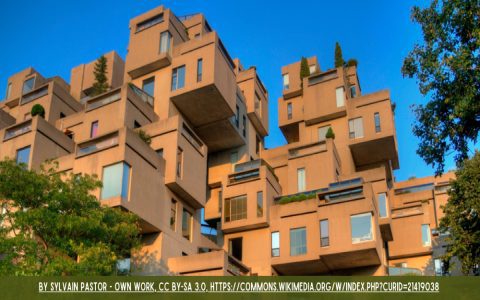The Jenga Analogy in Architectural Design
Architectural design often mirrors the precarious game of Jenga, where the stability of the entire construct depends on the strategic placement and integrity of each component. Altering or removing one element without a thorough understanding of its systemic role can compromise the whole, leading to functional, structural, or aesthetic imbalance—much like a toppling Jenga tower.
Core Principles of Design Interdependency
The "Jenga" metaphor in architecture highlights several critical considerations:
- Systemic Connectivity: Architectural elements are rarely discrete. Structural systems, environmental controls, programmatic functions, and even circulation paths are deeply intertwined. A modification in one domain invariably impacts others.
- Identification of Critical Elements: Certain design decisions or components act as keystone pieces. Their stability and performance are fundamental to the project's overall viability. Identifying these early is crucial.
- Cascading Failure Potential: The removal or inadequate design of a single "block" can initiate a cascade of negative consequences, extending beyond physical integrity to encompass usability, cost-effectiveness, and regulatory compliance.
- The Risk of Oversimplification: Attempting to remove or simplify elements without holistic analysis can inadvertently weaken the entire design concept, much like removing a critical Jenga piece that seems minor but supports many others.
Strategies for Stable Architectural Design
Navigating the complex interdependencies inherent in architectural projects requires a strategic and meticulous approach:

- Robust Foundational Planning: Establishing a clear project brief, well-defined performance criteria, and a strong conceptual framework provides the stable base upon which the design can be built.
- Comprehensive Impact Analysis: Before any significant design alteration, a thorough assessment of its potential effects on all related systems (structural, MEP, functional, financial) must be undertaken.
- Iterative Development and Feedback: Employing an iterative design process, including simulations, mock-ups, and peer reviews, allows for the testing of design choices and their interdependencies, akin to cautiously testing a Jenga block before committing to its removal.
- Modular Design with Considered Interfaces: While designs are holistic, adopting modularity for certain systems can help manage complexity. However, the interfaces between these modules become critical points of attention, ensuring they integrate seamlessly without creating new vulnerabilities.
- Integrated Project Delivery: Fostering close collaboration and transparent communication among all stakeholders—architects, engineers, consultants, and clients—is vital for a shared understanding of how individual decisions affect the collective outcome.
Ultimately, the "Architectural Design Jenga" concept serves as a potent reminder of the delicate balance required in creating coherent and resilient built environments. It emphasizes the necessity for strategic foresight, rigorous analysis, and a deep appreciation for the interconnectedness of all design decisions.







